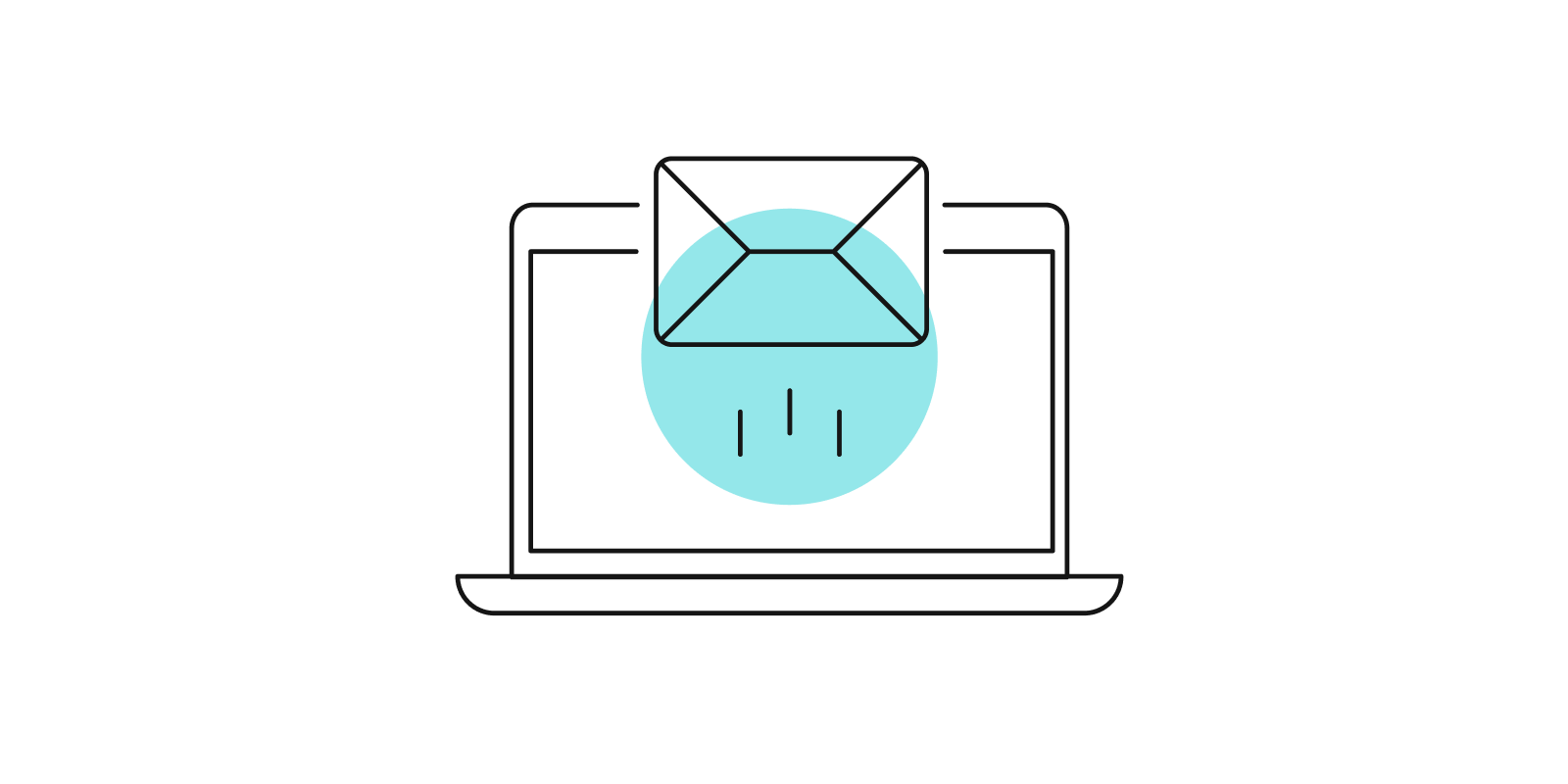
Empowering math educators: How AI can be your classroom sidekick - Part I – Lesson planning and best practices for AI integration

This is Part I of a two-part blog series.
As mathematics educators, we're always seeking innovative ways to streamline our workload while maintaining the highest quality of instruction. Artificial Intelligence (AI) has emerged as a powerful tool that can support math teachers in multiple aspects of their professional responsibilities.
In Part I, we’ll look at how AI can become your ally in lesson planning support, allowing you to focus on what matters most: inspiring your students to love math!
Bring math to life with AI
The secret to capturing students' mathematical interests lies in relevance. AI can help you transform abstract mathematical concepts into compelling, real-world scenarios that resonate with your students' lives.
Pop culture connections: Ask AI to generate a logarithmic application problem that engages students through pop culture and maintains mathematical integrity. For instance, a Taylor Swift-themed problem might explore her record-breaking album sales or streaming data while requiring complex mathematical reasoning.
Local landmarks: Create application problems that use local architectural dimensions, historical visitor statistics, or geometric calculations related to popular landmarks. For instance, one of my students recently came back from Disneyland, so I asked AI to create an application problem involving periodic functions and the Pixar Pal-A-Round swinging ferris wheel.Student interests: From sports analytics to gaming economics, social media trends to environmental science, AI can craft problems that speak directly to what excites your students.
AI and active learning in math
Creating compelling word problems is just the start. AI can empower you to design innovative, engaging activities that transform student interactions with math concepts.
- Design active learning activities: Develop interactive classroom experiences that challenge students and make mathematical concepts more accessible.
• Create an escape room about a math topic. And use AI to generate images for each part of the escape room.
• Make a math quest. Develop an AI-generated adventure game where students solve increasingly difficult math problems to progress through levels and unlock rewards.
• Build personalized learning pathways. Design dynamic problem sets that automatically adjust their difficulty based on each student’s real-time performance, ensuring every student is appropriately challenged and supported.
- Craft customized worksheets: Quickly produce worksheets with varied difficulty levels, ensuring differentiated instruction that meets diverse student needs. For example, request a quadratic equations worksheet with 10 questions — three easy, four medium, and three hard — while specifying conceptual understanding and dyslexia-friendly formatting. As an added bonus, the AI can create the step-by-step answer key for you, too!
Pro Tip: Always thoroughly review AI-generated content to ensure mathematical accuracy, appropriate complexity, and alignment with learning objectives.
Best practices for AI integration
Now that we’ve learned about some ways AI can help us with lesson planning, let’s talk about how we can responsibly use it.
Check for bias and accuracy: AI might occasionally produce biased or incorrect content. Always double-check before sharing with students and ensure it aligns with educational standards.
The 80-20 approach: Use AI for the initial 80% of the work, but make sure to add your final touch, review for bias and accuracy, and contextualize appropriately for the final 20%.
Your judgement matters: See AI-generated content as a starting point, not a final solution. View AI as a supportive tool, not a replacement for your expertise. Always adhere to your school's guidelines.
Know the limits: AI's knowledge stops on its last training date, so recent topics may not be up to date.
Protect privacy: Never include personal student information, school information, or your information in AI interactions. Maintain strict confidentiality standards.
AI is a powerful collaborative tool that amplifies educators' creativity and effectiveness. By thoughtfully integrating AI into your workflow, you can transform mathematical education from routine instruction to inspirational exploration. The goal isn't to replace your expertise, but to free you to do what you do best: ignite students' passion for mathematical thinking, provide nuanced guidance, and create meaningful learning experiences that extend far beyond equations and formulas.
About the contributor

Jessica Bernards
Math Professor | Author | Keynote Speaker | AI Aficionado
Portland Community College, University of Oregon
Jessica Bernards is an accomplished mathematics educator with nearly two decades of experience, teaching a wide range of courses from Developmental Math to Calculus since 2005. She has demonstrated expertise in both on-campus and online instruction, as well as curriculum development for various mathematics levels. Jessica's contributions to mathematics education have been recognized with prestigious awards, including the AMATYC Teaching Excellence Award, AMATYC Leila and Simon Peskoff Award, and the NISOD Employee Excellence Award. As a Pearson Math author, she continues to share her knowledge and passion for mathematics education beyond the classroom.



